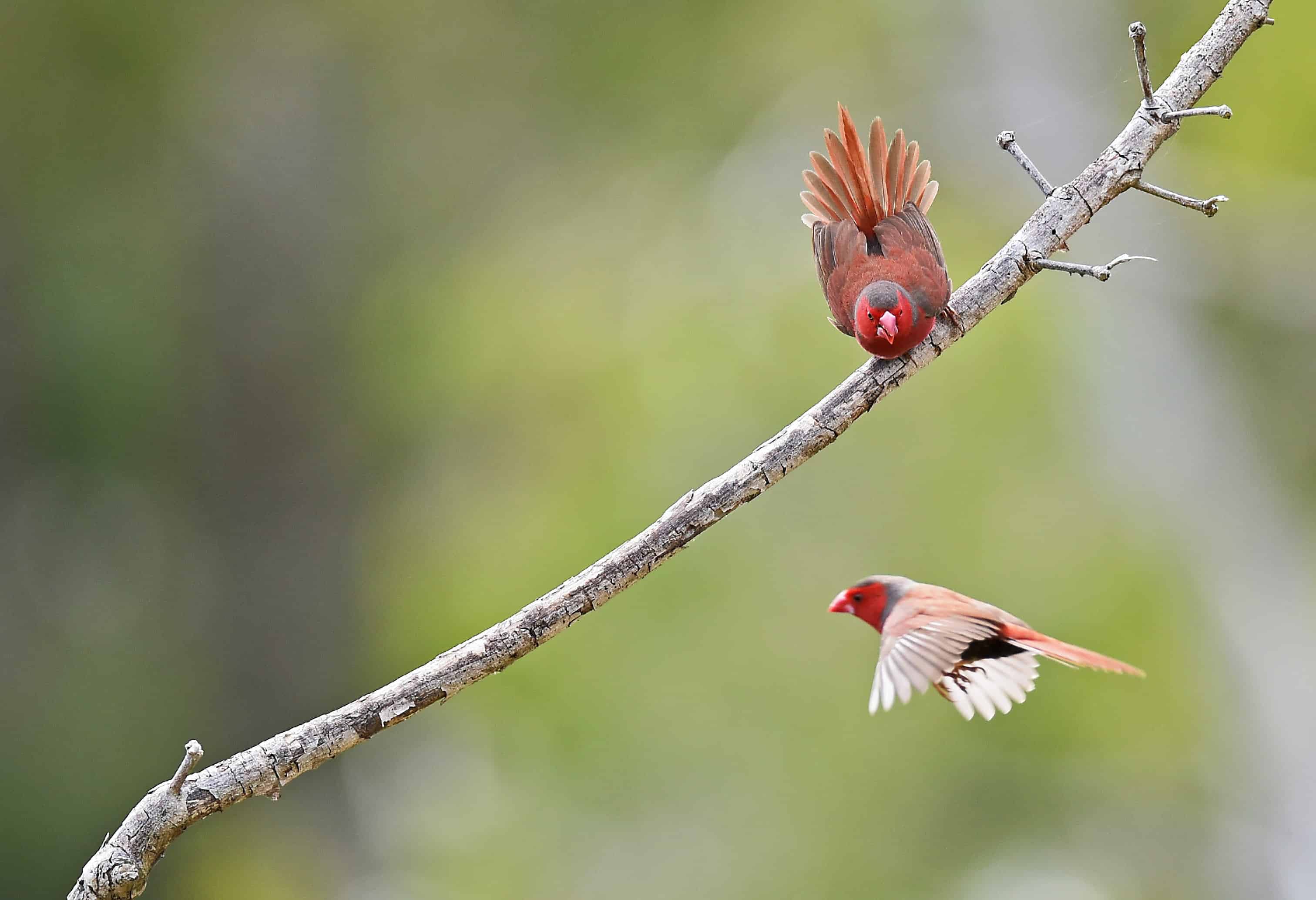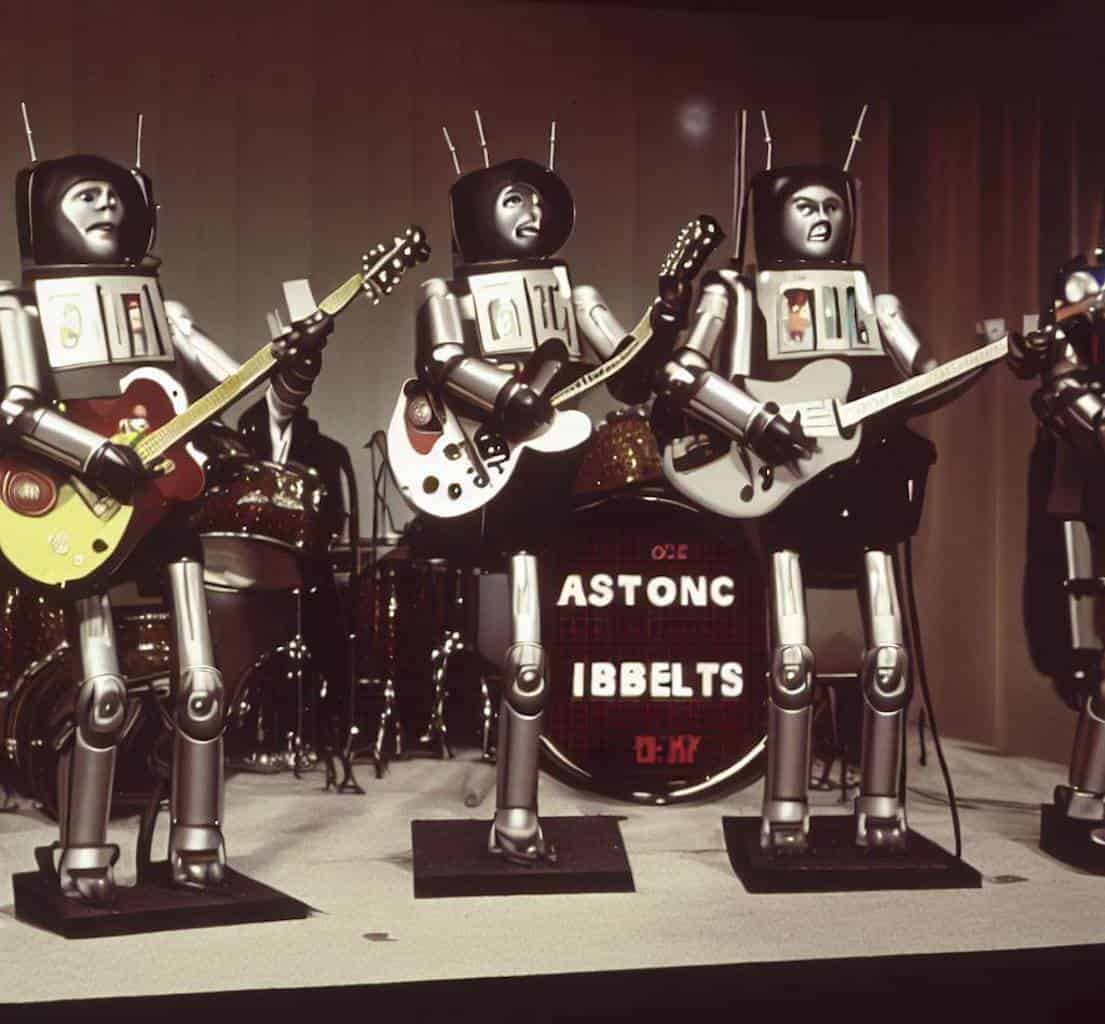
Young, real-life zebra finches can master their singing by listening to a robot, Leiden University announced in a press release.
A research team led by Institute of Biology Leiden researcher Katharina Riebel has developed a ‘RoboFinch’, a robotic look-alike of an actual finch, to study the impact of robots in animal development. She and colleagues in the ‘Seeing voices’ research consortium have spent the past four years designing the robotic bird. Today, it is a success: young zebra finches listen keenly to it.
‘Like children, young zebra finches start by babbling. They hear other birds singing, memorise this and start practising,’ says Riebel. ‘To investigate when and how birds learn, researchers have mostly played birdsong through loudspeakers. This was sometimes in combination with a screen, but didn’t get any further than 2D. However, singing involves much more, such as beak and throat movements and posture. This might be why young birds learn less well from a loudspeaker than from another bird.’
Working in 3D
Riebel’s research group therefore developed the RoboFinch, together with VU Amsterdam and Freie Universität Berlin. This started with a 3D scan and 3D print of an adult male. As birds see colours differently from humans, the paint that was used for the robots was adjusted to how zebra finches see colour. This made the robot seem lifelike to zebra finches.

Fast-moving beaks
Using high-speed cameras, the research group filmed and then precisely measured the beak movements of zebra finches to make an exact copy. ‘At the VU workplace, they said this would be a challenge. The beaks move so fast!’ says Riebel. ‘Yet they managed it in the end. An incredible achievement. And besides making the bird move properly, we have now perfectly synchronised several songs. That had to be done frame by frame, so at 120 frames per second, you can understand that it was an awful lot of work for the team.’
Young birds interact with RoboFinch
Fortunately, the RoboFinch was an immediate success with the birds. ‘Zebra finches are often hesitant at first when they experience something new, but now they were immediately extremely curious,’ says Judith Varkevisser, who conducted the experiments. ‘They come and sit next to the robotic bird on the perch and twitter at it. More importantly, the young birds sit still and study the RoboFinch when it starts moving and we play birdsong. They really seem to be listening to the robot! This proves we can use the RoboFinch in our studies of vocal learning and whether seeing the movements involved in singing are important for this.’
This positive result means Riebel and her team can now put together the different components of birdsong like a building kit. ‘Do we want only movement or audio, or to play everything together? And we will also try to make the RoboFinch interactive: then it can start singing as soon as the birds sit on a certain perch.’

Make your own robo-bird
With the publication, Riebel’s group is also providing all codes and instructions to make your own robot. ‘So anyone, any research group, can give it a try. It was only possible for us to develop the RoboFinch because of the Human Frontiers grant. It was a high-risk project because we didn’t know whether we would be able to build a robot the birds would accept. Now we are happy to share the blueprint with others and hope to discover even more about vocal learning. We are eager to see what else we can discover in the coming years!’
Selected for you!
Innovation Origins is the European platform for innovation news. In addition to the many reports from our own editors in 15 European countries, we select the most important press releases from reliable sources. This way you can stay up to date on what is happening in the world of innovation. Are you or do you know an organization that should not be missing from our list of selected sources? Then report to our editorial team.







